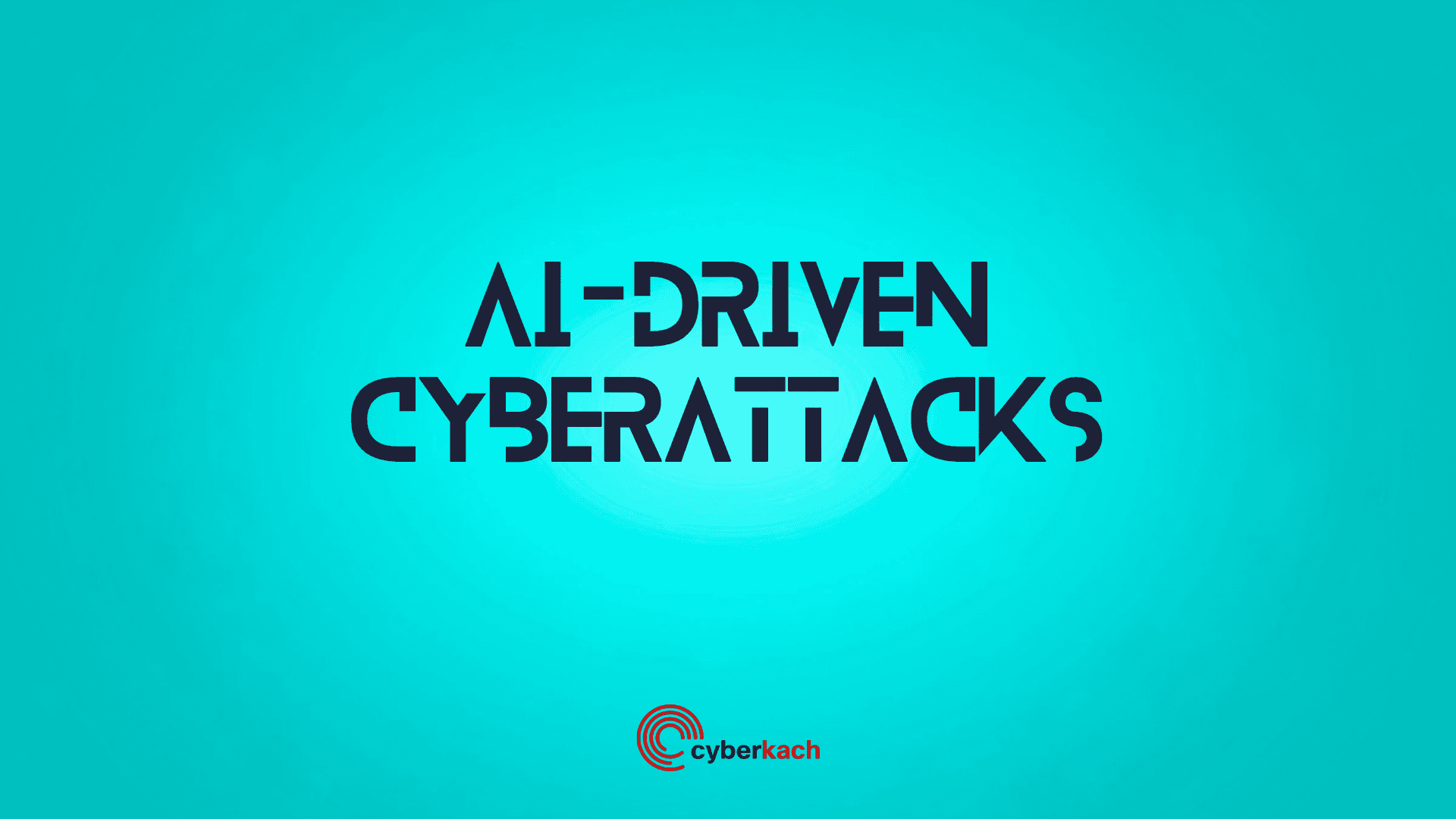We’re halfway through 2025, and AI-driven cyber attacks are no longer predictions, they’re already happening. It's not surprising that 93% of security leaders expect AI-enabled breaches to become a daily occurrence.
This has brought about a shift in how attacks are carried out. If your organisation isn’t adapting, you’re at risk of becoming a victim.
That’s why we have compiled a list of the top 5 AI-driven attacks in 2025 so you’re not caught off guard.
1. AI-Generated Phishing Attacks
In 2025, attackers are using AI to scrape LinkedIn profiles, mimic writing styles, and generate emails that don’t just look legitimate, they sound like someone you know. Phishing emails are now harder to spot, with around 82% of campaigns showing signs of AI-generated manipulation.
During Australia’s 2025 tax season, the Australian Taxation Office reported a 300% surge in impersonation scams. Many of these emails were fuelled by AI-generated content and targeted social engineering.
2. Deepfake Voice & Video Scams
Deepfakes have gone from harmless technology to a real-world threat. With just a short voice clip or video, attackers can now create fake phone calls, Zoom meetings, or video messages that seem completely believable and can lead to serious financial loss.
The alarming part is that detection tools are struggling. Research shows that the latest deepfakes can now copy the subtle pulse patterns in a human face just like the kind of signals scanners use to spot fakes. So on video, they don’t just look convincing, they look alive.
And we’re already seeing the damage. In just the first quarter of 2025, deepfake scams have caused over $200 million in losses.
3. Polymorphic Malware
Malware used to be a one-shot threat. Now, it learns and morphs.
With help from AI, attackers are using polymorphic malware code that constantly rewrites itself. Every time it runs, it looks different, making it harder for traditional tools to recognise or stop it.
By late 2024, around 86% of new malware was built with “evasion by design” meaning it was created specifically to dodge signature-based defences.
Once it gets in, this kind of malware can log your keystrokes, steal passwords, spread across devices, or even drop ransomware while staying under the radar.
4. AI-Accelerated Zero-Day Discovery
AI has changed the pace of vulnerability hunting. Attackers can now scan open-source code, plugins, and third-party platforms faster than most security teams can keep up. Bugs that used to take months to spot are now being found and sometimes exploited in just days.
Google’s DeepMind and Project Zero recently introduced an AI agent called Big Sleep, which discovered a memory corruption bug in SQLite before the vulnerable version was ever released. It’s the first known case of AI catching a zero-day in a widely used system, without human input.
In a separate study, researchers at the University of Illinois showed that GPT-4 could exploit 87% of known one-day vulnerabilities just by reading the public CVE descriptions. No reverse engineering. No manual analysis. Just plain automation.
For defenders, this means that AI is closing the gap between discovery and attack and shrinking your response window from weeks to minutes.
5. AI-Optimised DDoS Attacks
DDoS attacks are more sophisticated than ever. With help from AI, botnets can now spot weak points in your network and adapt on the fly, tweaking traffic patterns in real time to hit harder and stay under the radar.
This year alone, 60% of DDoS prevention tools are AI-powered. AI-based defences now block 56% of volumetric attacks within 60 seconds, but attackers are learning to adapt mid-attack.
Final Thoughts
Here’s what’s different now:
- Speed: Attacks that once took weeks to plan can now be launched in minutes.
- Scale: A single attacker can target thousands at once with customised, convincing tactics.
- Trust: Deepfakes and AI-written messages are harder to spot, making it easier to fool people and systems.
If your defences aren’t keeping up, you’re already at risk even if you haven’t been attacked.
At Cyberkach, we’re not just talking about AI threats, we're helping teams get ready for them.
Join Day 2 of our AI Security Webinar Series on Wednesday, July 2, 2025, at 1pm WAT. This live series is designed for CISOs, tech leads, and forward-thinking teams who want to stay ahead of AI-driven threats.
What You’ll Learn:
- Vibe Coding: what it is, how it works, and why it matters
- Real-World Attack Cases: learn from the breaches already happening
- AI Security Frameworks: tools you can start using now
- C-Suite Conversations: the questions execs should be asking
Reserve your seat here, it's free, and your security team will thank you for it.
